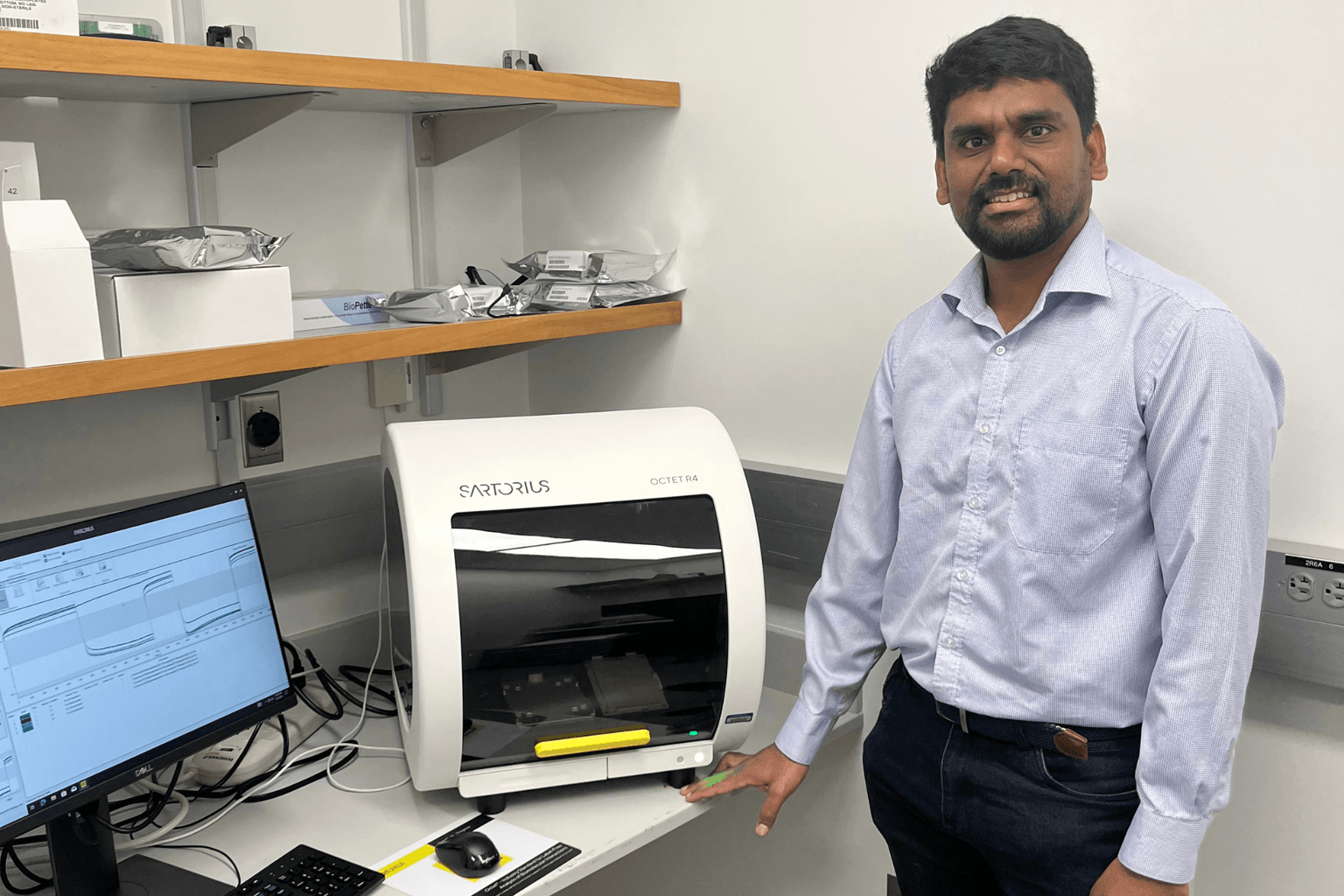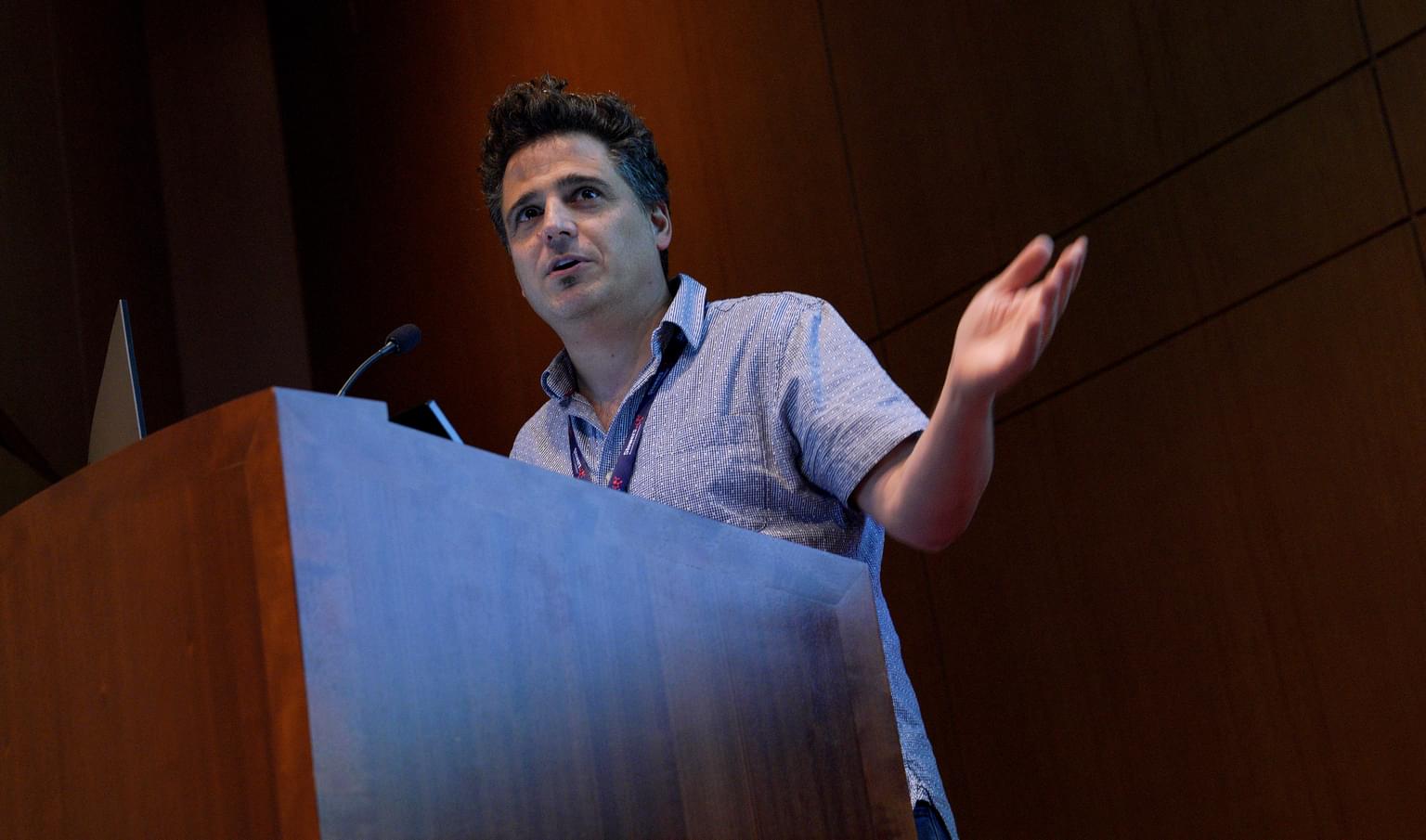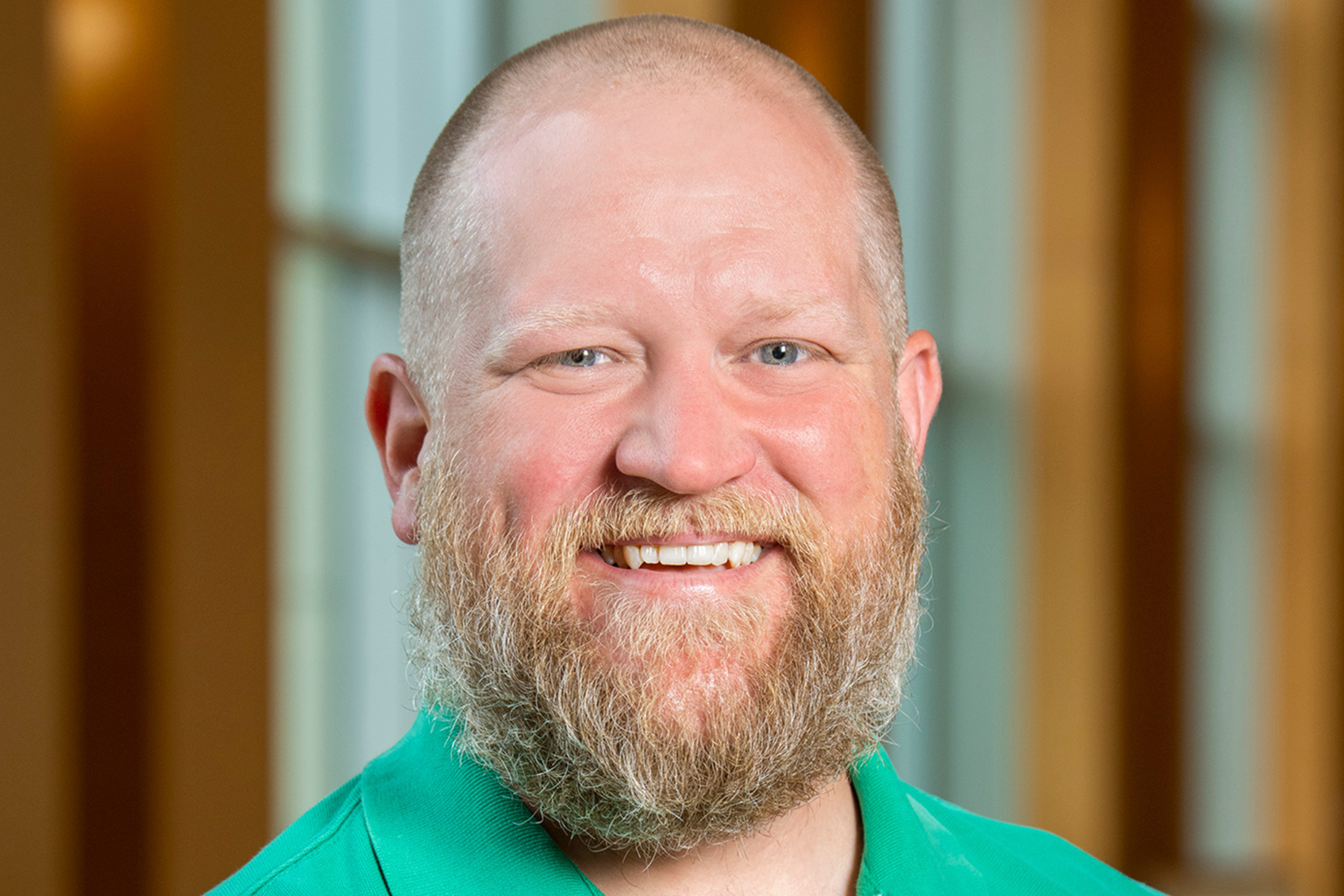Why are you interested in your field of research?
Every animal can heal damage, though some do it much better than others. Some animals can regrow damaged or missing tissue — that's regeneration. One of our favorite organisms to study is a flatworm called a planarian. Planarians can regrow any part of their body—a piece less than 1% of their original size can regenerate a complete animal. It’s truly amazing. Many planarian genes are found in other organisms which lack the regenerative capabilities of planarians. Do planarians use these shared genes in different ways, or do they use unique genes to enable regeneration?
What inspires you to keep working in your field?
Every time we develop new tools, we learn new lessons about biology. Progress is happening more rapidly than ever before. I know if we keep studying regeneration, we will continue to make discoveries that teach us how it works.
What have you found most rewarding about your work?
The collaborative spirit and unparalleled Technology Centers at the Stowers Institute make this an incredibly rewarding place to work. Working together with experts allows us to push our research further and accomplish bigger goals than if we were working alone. Large projects that might seem impossible elsewhere are possible at Stowers. Getting to do that every day is a dream come true.
What impact do you hope your research will have?
Planarians can regrow their entire body after injury. We could make a huge difference for humanity if we could harness even a fraction of that ability. Imagine what might be possible if we could understand how to regenerate a few special types of human cells, such as nerves in the spinal cord, or heart muscle cells, or the insulin-producing cells of the pancreas. What might be possible if we learn how to do that? I hope my research will help us get there, either directly or by laying the foundation for the work of others.





